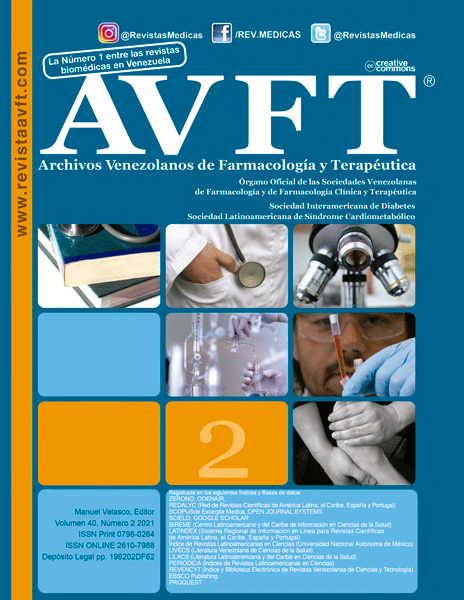Prevalence of diabetes in women with preeclampsia referred to Imam Hossein and Fatemieh Hospitals in Shahroud
Palabras clave:
Preeclampsia, Gestational Diabetes, Clinical Symptoms, Demographic Variables.Resumen
Introduction and objective: Preeclampsia, characterised by hypertension and proteinuria occurring after 20 gestational weeks, is a leading cause of maternal and foetal morbidity and mortality . The pathophysiology of preeclampsia remains elusive, and the incidence of diabetes during pregnancy in patients with preeclampsia is still a mather of study. Therefore, the objective of this study was to investigate the prevalence of diabetes in women with preeclampsia referred to Imam Hossein and Fatemieh hospitals in Shahroud.
Methodology: This descriptive cross-sectional study was conducted on 108 women with preeclampsia (based on clinical symptoms, gynecological tests, and diagnoses) referred to Fatemieh and Imam Hossein hospitals in Shahroud for delivery or termination of pregnancy in 2014. A questionnaire, which included demographic information such as age, number of pregnancies, birth rank, pregnancy conditions, type of delivery, history of hypertension and diabetes in the patient and their first-degree relatives, was used in this study. Data were expressed as percentage, frequency, standard deviation, mean, and were analyzed by Student's t test and chi-square, using SPSS software. A value of p<0.05 was considered significant.
Results: The incidence of preeclampsia was associated with maternal diabetes (p≤0.05), maternal age (p≤0.04), birth rank (p≤0.04), multiple pregnancies (p≤0.03), history of maternal diabetes, history of maternal hypertension (p≤0.03), history of preeclampsia at previous delivery (p<0.02) and age of termination of pregnancy (p≤0.01). There was no significant difference with regard to other variables.
Conclusion: The results revealed that about 25% of preeclampsia patients had gestational diabetes, which increased the risk in pregnant women and neonates. Therefore, by preventing and controlling blood pressure and diabetes, we can reduce the maternal and fetal complications of these disorders, and thus, reduce the rate of mortality.




